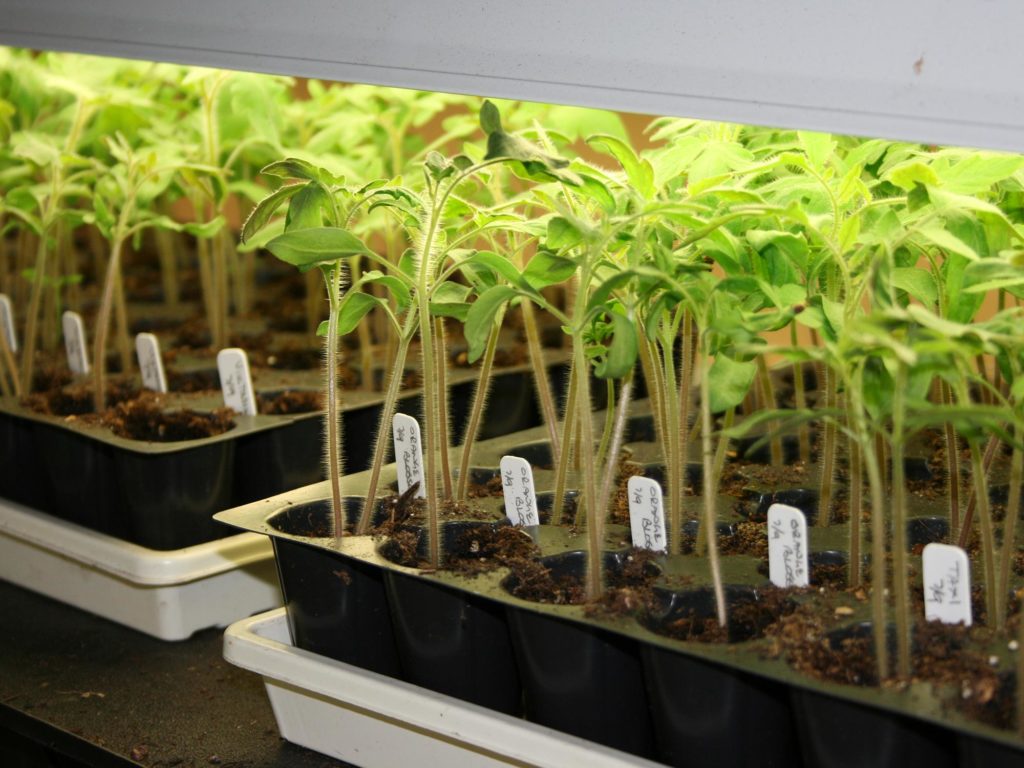Jun 15, 2020Microgranular biostimulant in transplants to enhance growth and N uptake
Vegetable growers need high-quality transplants to ensure the success of their crops. Treating seedlings with protein hydrolysates and beneficial fungus has the potential to improve the health and quality of vegetable transplants via various biostimulant activities, but the best rates and application methods to achieve these benefits are still unclear.
Therefore, the aim of a recent study were to: (i) identify the optimal rate of a microgranular-based biostimulant containing vegetal-derived protein hydrolysate (PH) and the beneficial fungus T. atroviride MUCL45632 on lettuce and tomato transplant production; and (ii) determine whether combining the T. atroviride inoculant with the PH in microgranular or liquid form would best support the synergistic effects of these products using greenhouse and laboratory experiments.
Mixing the microgranular-based PH directly into the substrate prior to sowing resulted in a significant dose-dependent increase in shoot fresh and dry biomass, root dry weight, root to shoot ratio, leaf N content and chlorophyll content in both lettuce and tomato transplants up to a biostimulant rate of 2 g L−1.
The positive effect of the microgranular-based PH on plant growth, leaf N and chlorophyll content in both the lettuce and tomato transplants was also observed in the second experiment. However, the PH-mediated enhancement of shoot fresh biomass was more pronounced when Trichoderma was combined with the liquid instead of the microgranule PH.
In contrast, the microgranule containing PH and Trichoderma was more effective in increasing the plant root to shoot ratios than the combined application of liquid PH and Trichoderma. In the laboratory experiments, the application of PH to sandy soil enhanced the number of Trichoderma colonies and stimulated Trichoderma-induced respiration for up to two and six days for the liquid and microgranular PHs, respectively.
These results demonstrate that mixing microgranules containing PH and Trichoderma in the substrate prior to sowing at a rate of 2 g L−1 is the best approach to enhance shoot and especially root growth of both tomato and lettuce plantlets, while also ensuring high N uptake and leaf chlorophyll content.
Source: MDPI.















